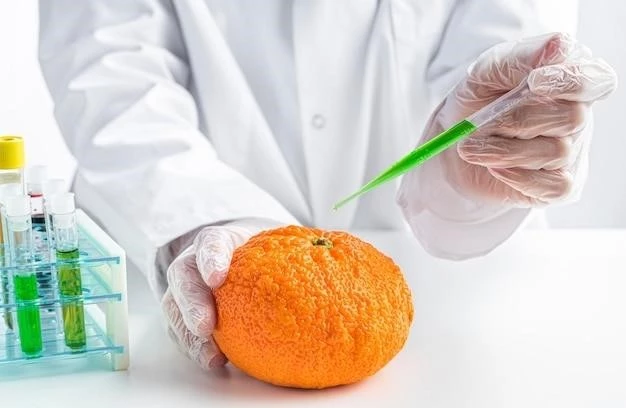My Journey into the World of Food Molecules
We all love to eat, right? But how often do we stop and think about what’s actually in the food we consume? Recently, I embarked on a fascinating journey to understand the building blocks of our food: food molecules. It’s been an eye-opening experience that’s changed the way I look at every plate.

The Magnificent Four
Turns out, almost everything we eat can be broken down into four main categories of molecules: carbohydrates, lipids (fats), proteins, and nucleic acids. Let me tell you, getting familiar with these guys has been like deciphering a secret code to healthy eating!
1. Carbohydrates: The Energy Boosters
My first stop was the land of carbohydrates. I’ve always thought of carbs as the villains, especially with all the low-carb diets out there. But I learned that they’re our body’s primary source of energy. Think of them as the fuel that keeps our engines running.
There are two main types:
- Simple carbohydrates: These are the quick-energy sugars found in fruits, processed foods, and sweets. I admit, I have a weakness for a sugary donut every now and then!
- Complex carbohydrates: These are the superstars! Found in whole grains, legumes, and vegetables, they provide sustained energy and are packed with fiber. I’ve been trying to incorporate more brown rice and quinoa into my diet.
2. Lipids: The Energy Reservoirs and More
Next up, I explored the world of lipids, better known as fats. Now, fats often get a bad rap, but they are essential for our bodies to function properly. They provide insulation, protect our organs, and help us absorb certain vitamins.
Like carbs, there are good fats and not-so-good fats:
- Unsaturated fats: These are the heart-healthy heroes found in avocados, nuts, and olive oil. I try to snack on almonds and walnuts instead of chips when I can.
- Saturated and trans fats: These are the ones to watch out for, often found in processed foods and fatty meats. I’ve been trying to limit my intake of these.
3. Proteins: The Building Blocks of Life
Proteins were next on my list, and they are truly fascinating. They’re like the tiny construction workers of our bodies, responsible for building and repairing tissues, transporting nutrients, and so much more. They’re made up of amino acids, which are like the individual bricks in a protein structure.
I’ve been making a conscious effort to include more protein in my diet, which means more:
- Lean meats like chicken and fish
- Beans and lentils
- Tofu and tempeh
4. Nucleic Acids: The Blueprint of Life
Finally, I delved into the world of nucleic acids, the genetic masterminds of our cells. DNA and RNA are the most well-known nucleic acids. They carry genetic information and play a crucial role in protein synthesis. While we don’t consume nucleic acids directly for their nutritional value, they’re present in virtually every cell of the food we eat.

Putting It All Together: A Balanced Plate for a Balanced Body
My journey into the world of food molecules has been nothing short of remarkable. It’s made me realize that food isn’t just about taste and pleasure, but about nourishing our bodies at a fundamental level. By understanding the roles of carbohydrates, lipids, proteins, and nucleic acids, I’m now empowered to make more informed choices about what I put into my body.
So, the next time you sit down for a meal, take a moment to appreciate the intricate dance of molecules that’s about to fuel your body. It’s a fascinating world in there, and a little knowledge goes a long way in making healthy and delicious choices!










